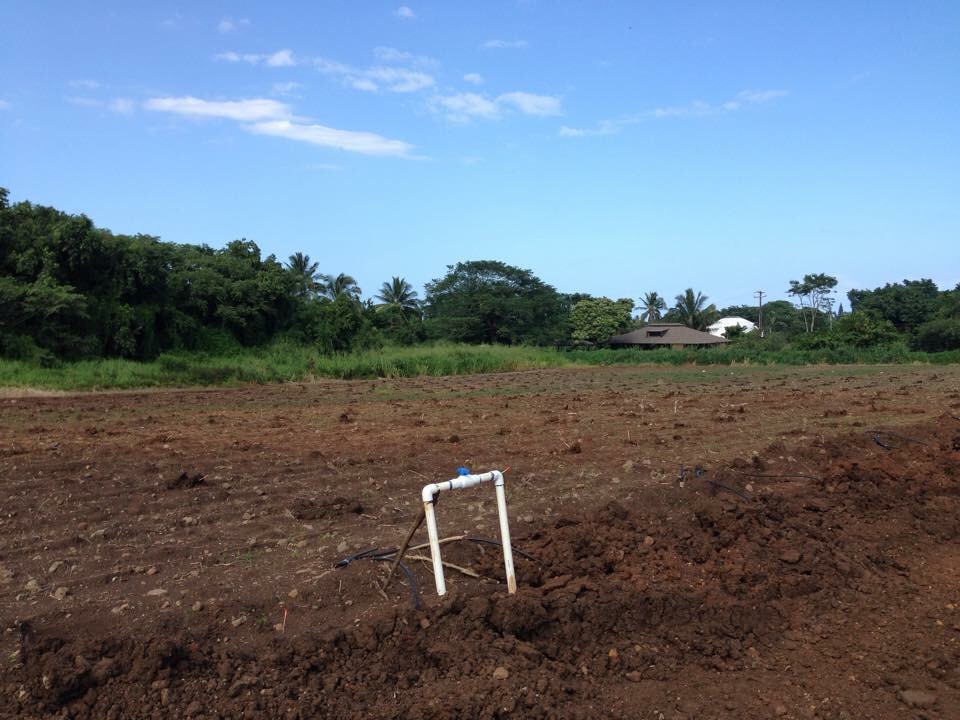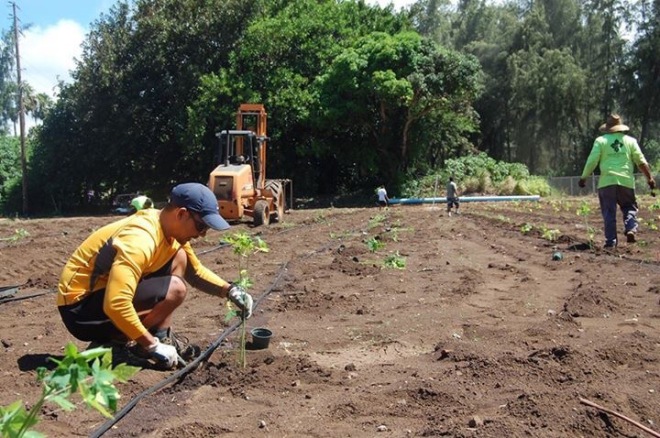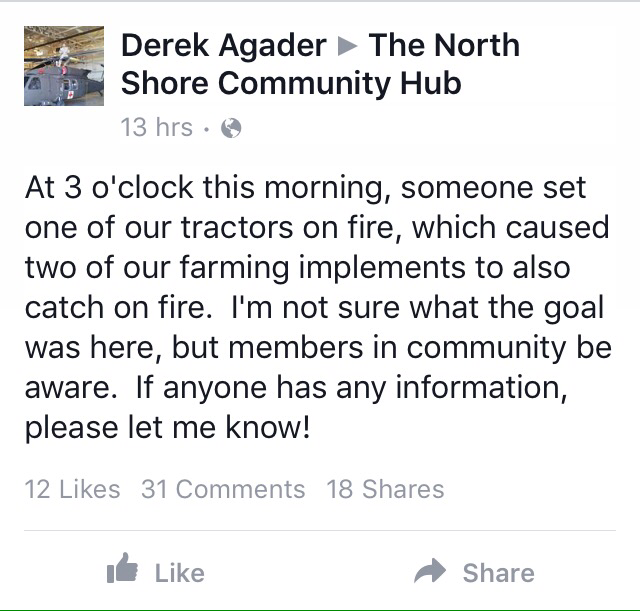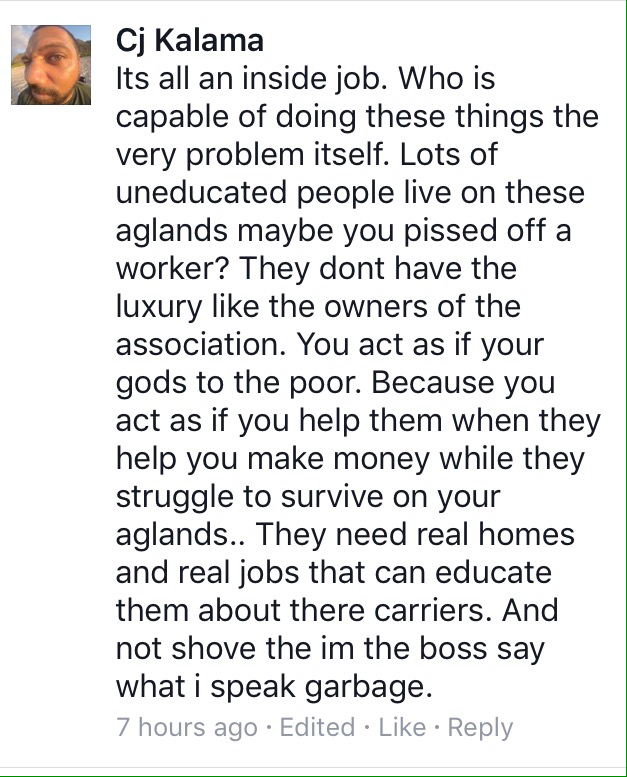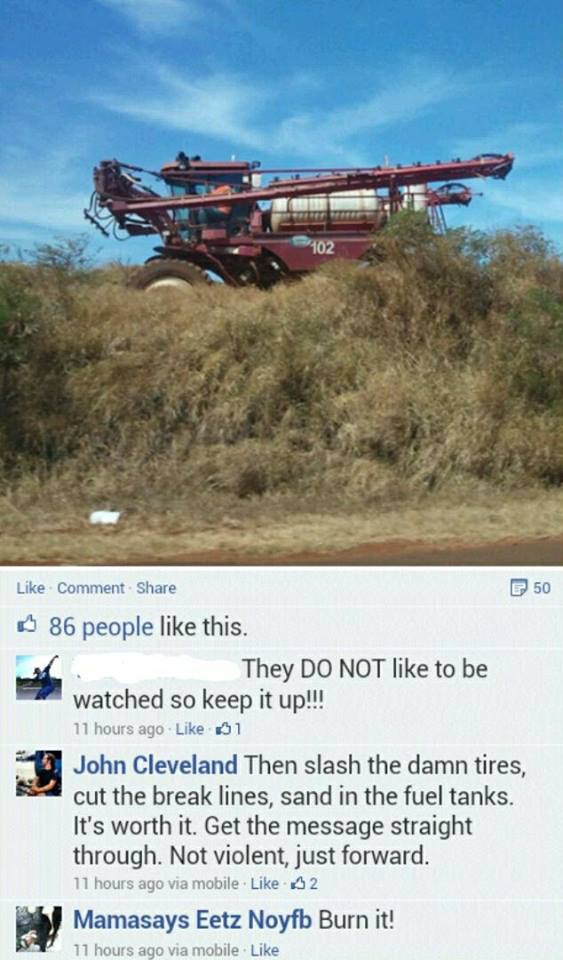 I have three kids with two in grade school. I love them dearly but I do go a little crazy when it comes to doing homework. Actually, I feel like tearing my hair out much of the time.
I have three kids with two in grade school. I love them dearly but I do go a little crazy when it comes to doing homework. Actually, I feel like tearing my hair out much of the time.
Why? The new learning style of reading and writing means letting the child use phonetics to write the word out and not correct them. It’s pretty frustrating when your kids wants you to tell them all the letters instead of doing the sounding out part, which is tedious and very time consuming. It also means less playtime on the IPod or outside. A lot of brainpower is needed and parental patience is needed throughout this ordeal.
As I sit to do this homework with my daughter, she is quick to demand that I simply tell her the letter. She will tell me, “It’s too hard for me! Just tell me how to spell the words!” I always have to remind her about the guidelines that was given to allow the child to put down what they think and correct it above the sentence. It teaches them how to apply the phonetics to reading and writing.
My second daughter is a perfectionist that wants all the right letters and gets really ornery about it. “Just tell me Momma!” She’ll scream this over and over. I’ll stand my ground and remind her to try so that she can learn. I sometimes feel like my head will explode at times listening to this.
As I watched her throw a hissy fit, I was reminded about the Just Label It and US Right to Know campaigns with their catchy slogans. They tell their followers to demand their right and demand mandatory labeling. There is no mention about learning the science behind ag technology or the issues farmers face. These groups don’t even educate people about how organic crops are grown and the bugs or the inputs needed. Nothing of the sort is ever mentioned in any of their literature or websites. They demand transparency of others but don’t even practice what they preach.
There’s no mention about learning why or how the organic industry’s history or information on how they produce their crops. Not a shred of transparency about how many pounds of pesticides are used per acre or the estimated energy expenditure is required for this method. Nothing of this sort is ever mentioned. It’s all about THEIR rights and no one else’s. Protest, protest about your rights and forget the consequences it may have on others because it’s all about ME, ME, ME and MY FOOD! As I look at this, they are angry adults who are refusing to learn and trying to put the onus on everyone else’s expense and inconvenience.
I see this as human behavior to turn emotional to take the easy route. Giving my daughter the letters would save me a nice hour of no frustration but it does her no favors. It teaches her that if she makes enough noise and whining, she’ll get her way. In truth, it handicaps her in the future. She won’t have the perseverance and know how to figure something out when I’m not around. It also absolves her from being responsible for her own actions to face the hard work of critically thinking and navigating her own world.
This is no different then simply giving a package of food or a papaya a GMO label. There’s no learning involved to know what it took to get that product. That little sticker will make these smug food elitists happy but then it just rewards all the protests and encourages no learning and dialogue about this technology. That’s the consequence I see as a result to caving to demands and handing them an inch. We will only to find that they’ll take a mile and then seek a ban or tell the poor that GM foods are dangerous because it’s labeled.
As a mother, I know that I can’t be there to dig my child out of every difficult moment. My child should have the necessary tools to be successful no matter where is is and that’s the most powerful lesson I can give her. My parents instilled that in me the love of learning and discovery.
Imagine if the Big Island GM ban had been upheld and dengue fever ravaged the island. The GM mosquito that could have been used would be a pipe dream because we listened to the angry voices who never considered the consequences. It is no different for the banana crops being hit by disease and the Babes Against Biotech trying to block research that could save our farmers. The loudest voices doesn’t mean that they are right and we should demand that they present evidence based information to back their stance. Simply listening to a loud voice isn’t going to save lives or help anyone. It’s time for dialogue and those who are ready to participate should be invited.
While the legislature is starting their session, we have to remember that they are leaders of the land. They can give the public cop outs with considering bills that lack any urgency or necessity, or they can do the hard work by setting the example by actually setting priorities and use our resources wisely. We have a lot of pressing needs ahead of us that need good foresight to determine the best decision and planning. What we do now affects our keiki’s future.
In a time when farmers are calling it quits and the next generation is struggling to carry on legacies, I hope that the 2016 Hawaii State Legislature does what is Pono to malama the people.
That is aloha.





